At the core of the Bosnian War, a bloody conflict that took place during the tumultuous break-up of Yugoslavia, a “Tunnel of Hope” was born. It was dug in the murkiest hours of the Siege of Sarajevo; a time when Bosnia and Herzegovina lost almost 14,000 of its citizens. The longest siege in modern history, the city of Sarajevo was cut off and under attack from April 5, 1992, until February 29, 1996.
The Bosnian Army did have control of one area outside of the besieged city, Butmir, but to reach it meant crossing the Sarajevo airport runway. While the airport was, technically, under United Nations control, it would have likely been a suicidal journey. The project code-named “Objekt BD” was a daring plan to tunnel from the neighborhood of Dobrinja inside the siege zone, under the runway, to reach Butmir in the safe zone. It became a lifeline that allowed much-needed supplies to get into the city and helped people get out to relative safety. It began furtively on March 1, 1993.
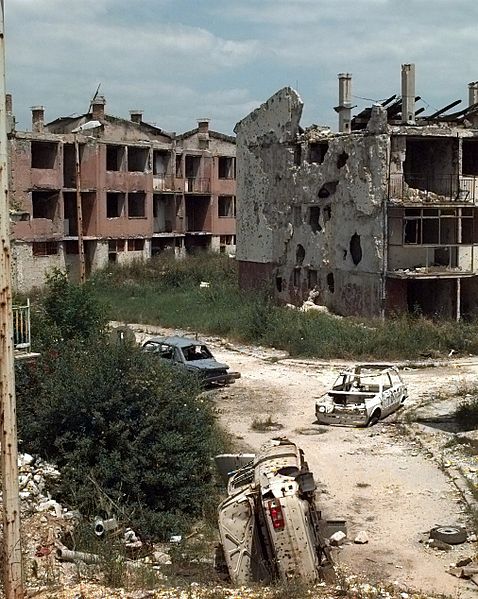
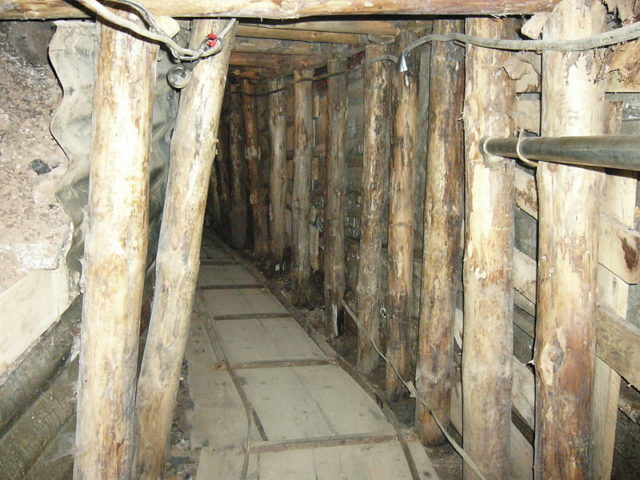
Designs for the tunnel were drawn up by civil engineer Nedžad Branković, though a technical description of it, or its costs, never existed, for the urgency of the matter was such that time was their enemy. Construction was supervised by the 1st Corps of the Army of the Republic of Bosnia and Herzegovina (established 1992). The total length was 2,635 feet, just under half of which being true tunnel, with reinforced covered trenches at each end. It followed a rough “L” shape rather than running in a straight line, to reduce the risk of Serbian forces guessing it’s route and destroying the city’s connection with the outside world.
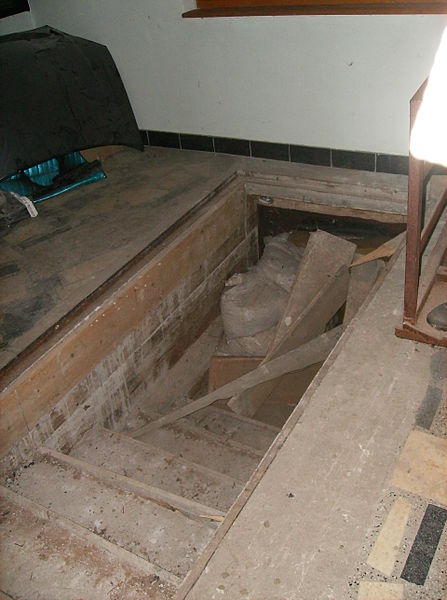
Digging continued 24 hours a day using whatever tools the volunteers could lay hands on, mostly picks and shovels, there were no mechanical tools available. It was a hard toil as manpower was scarce; teams worked from both ends, eight hours per shift, and for their effort they were rewarded one pack of cigarettes per day–a valuable trade commodity during war time.
Close to 100,000 cubic feet of dirt was taken out in total. And digging such an underpass certainly comes with its own set of snags, such as the constant presence of groundwater that could reach waist deep and had to be drained by hand.
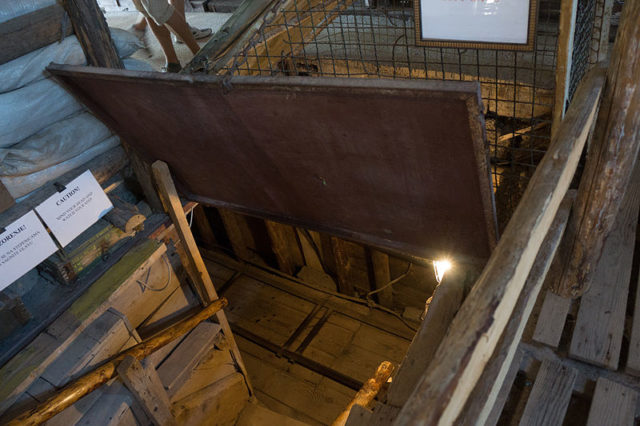
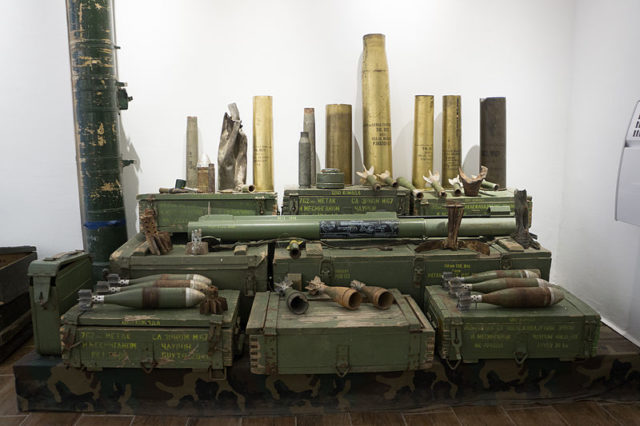
And by the end of June, the “Tunnel of Hope” was finalized–the following day it was put to use by sending the first load of supplies, including food, petrol, cigarettes, alcohol, and IEDs (improvised explosive devices), all carried by hand. It was around 3 feet wide, dark, and had no ventilation. Walking upright would not have been possible for much of the narrow passage; the average height was just 5.2 feet. The portion of the tunnel under the airstrip was the most difficult to complete, for it was more than 16 feet below the surface and would have been little more than a crawl space.
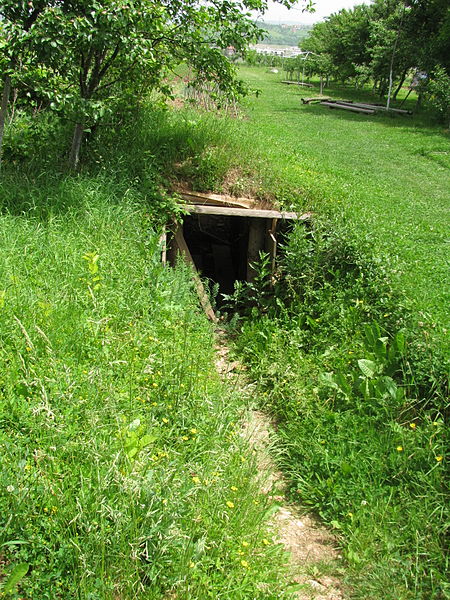
A garage that was part of an apartment building was used as the entrance point for the Dobrinja side, while the Butmir side had its entrance in a house that belonged to the Kolar family.
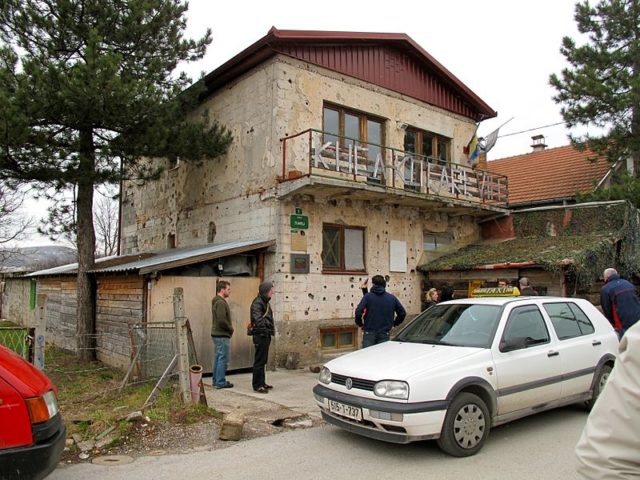
Understandably, both of the entrance points were under constant watch by the Bosnian Army. As both time and war progressed, the tunnel received its fair share of modifications. During its initial days of use, it was a simple mud passage, and everything was transported by hand. No more than a year later, a small railway was constructed. Further, this tunnel was equipped with electric lighting and telephone cables, and an oil pipe was installed.
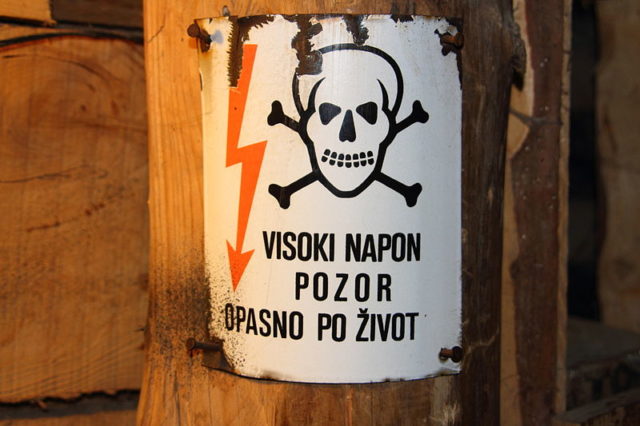
But problems it seems never ceased to exist for the tunnel was constantly flooded and given its length there was an insufficient amount of oxygen. The latter was solved by wearing masks while the first by installing electrical water pumps. And the tunnel served them well, for around 30 tons of goods were brought in to supply the army and the people of Sarajevo. Thousands of soldiers and civilians squeezed past each other in each direction every single day.
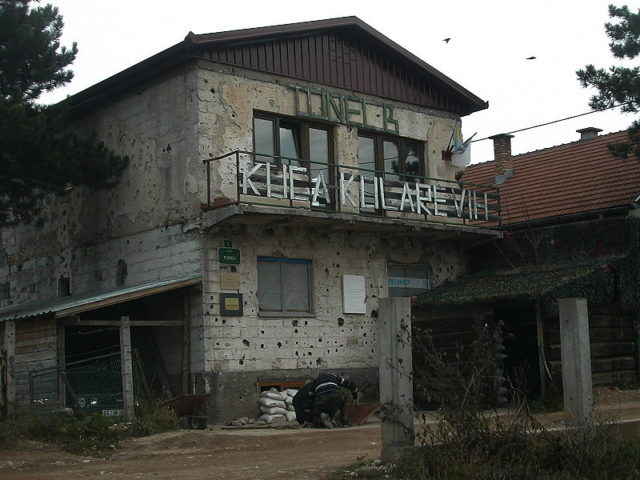
An average of 2 hours was all it took to travel in order to reach freedom. But this underpass was no fairy tale. There are stories of civilians, even after obtaining the necessary permit, being forced to pay Bosnian soldiers guarding the entrance as much as $120 in order to flee the bombed city through the tunnel.
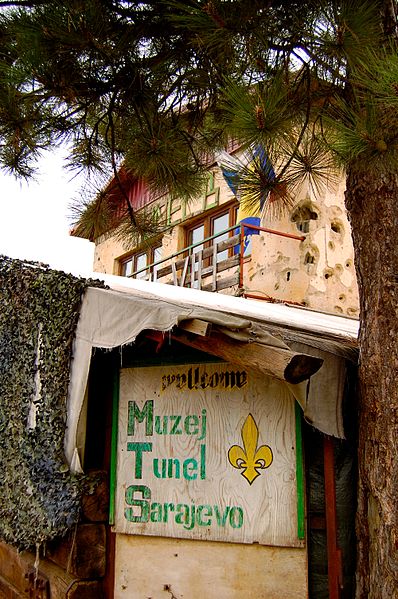
After the Sarajevo conflict, the house in which one of the entrance points was hidden was turned into a museum that serves as the perfect monument in remembrance of the days when thousands lost their lives, and the struggle to save as many as possible.
